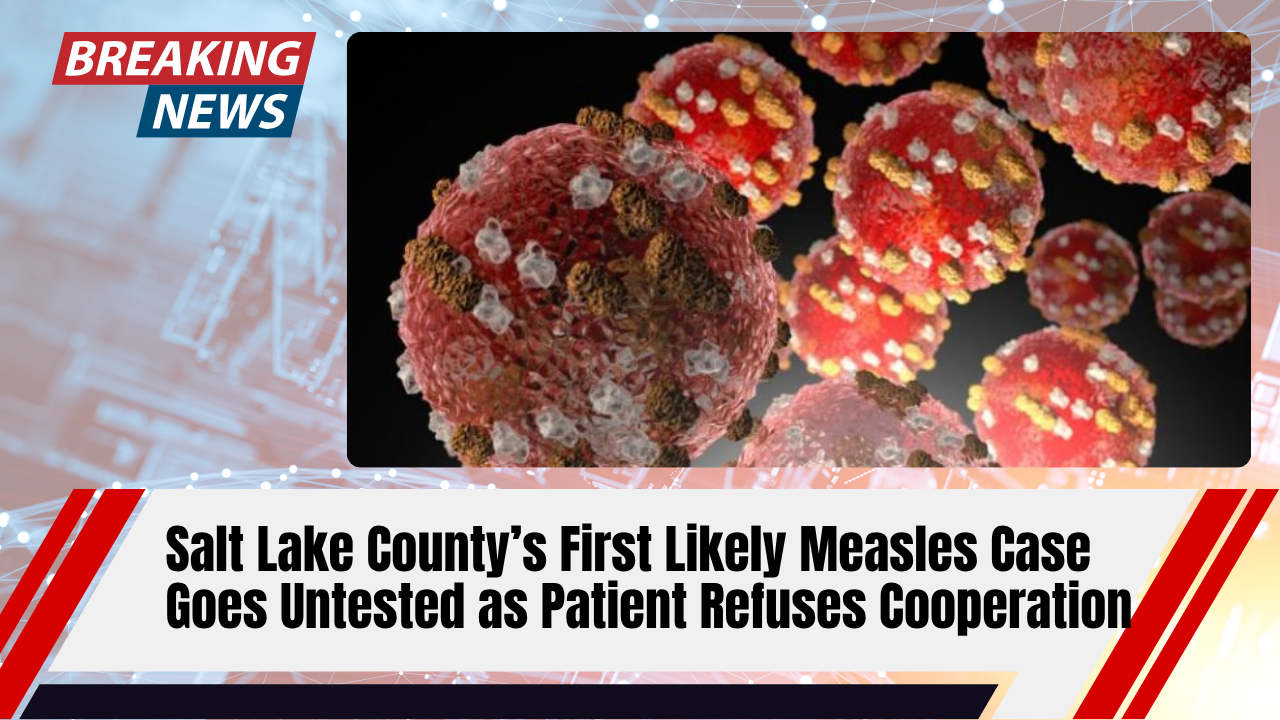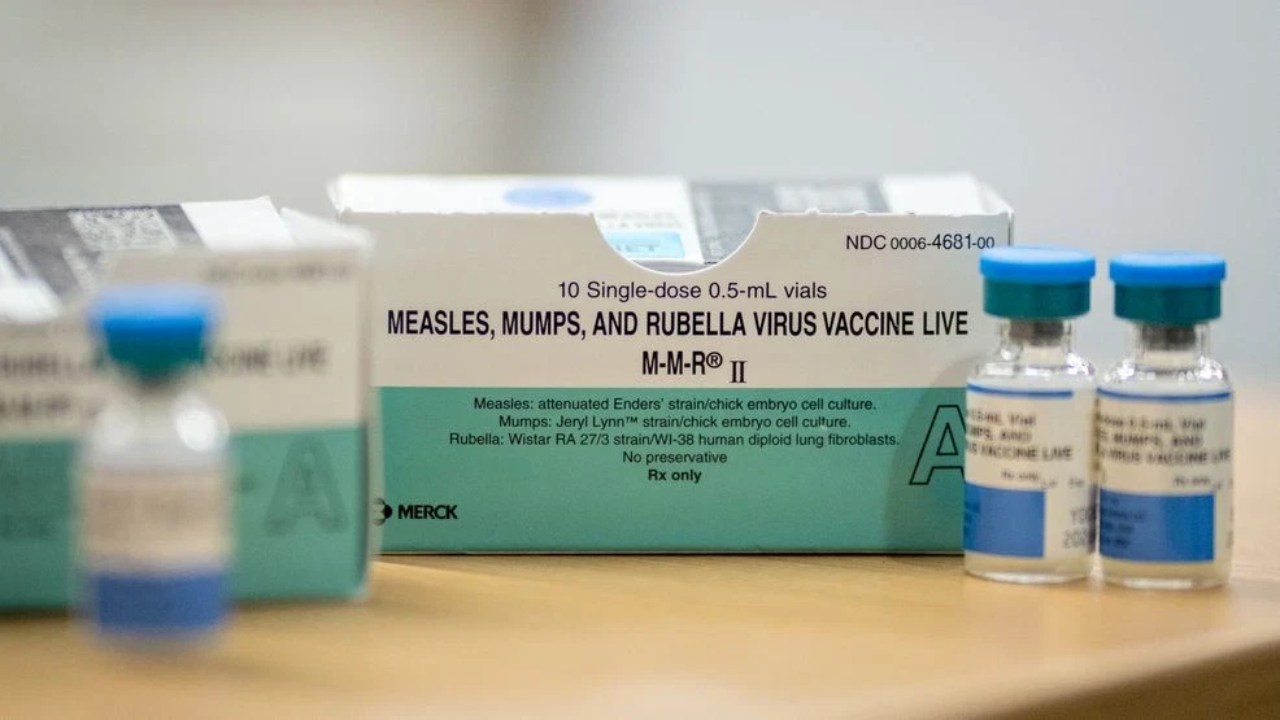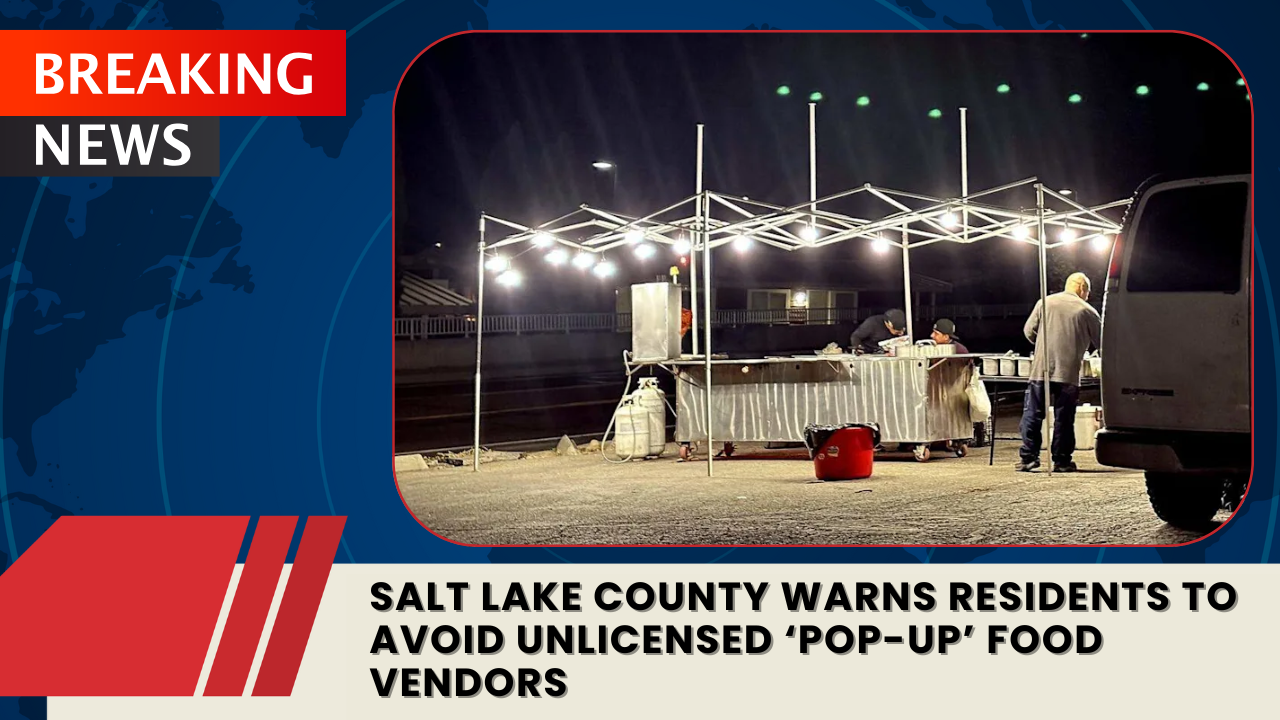Salt Lake County health officials say they’ve likely identified the area’s first measles case since a national outbreak began earlier this year — but confirmation has been stalled because the patient has refused to be tested or cooperate with investigators.
The Salt Lake County Health Department announced Wednesday that it learned about the suspected case through the patient’s healthcare provider, who reported it earlier in the week. However, the individual has since declined to provide additional information or assist in contact tracing efforts.
Because the person will not confirm their illness or share details such as their address, health officials said they cannot officially verify the infection or determine where others might have been exposed. “We can’t confirm or trace the spread without cooperation,” department spokesperson Nicholas Rupp said.
The department has already notified anyone who may have been exposed at the medical office where the patient sought care. Investigators spent Tuesday trying to reach the person to verify their condition but were unsuccessful.
If confirmed, the case would bring Utah’s 2025 total to 60 — the state’s highest in years. Two new cases were confirmed within the past three weeks, according to the Utah Department of Health and Human Services.
Health officials stressed that interviews with infected individuals are confidential and used only to identify the source of infection and prevent further spread. “Information shared with investigators is strictly confidential,” said Dorothy Adams, the department’s executive director.
The department also urged residents to be cautious of potential scams, noting that legitimate investigators will always use official “.gov” email addresses. Those contacted by phone can hang up and call the department directly to verify the investigator’s identity.
Officials reiterated the importance of vaccination, noting that people who haven’t received the MMR (measles, mumps, rubella) vaccine have a 90% chance of infection if exposed. Two doses of the vaccine, however, provide 97% protection. Even if vaccinated individuals become infected, their symptoms are typically milder.
Roughly one in five unvaccinated measles patients requires hospitalization, according to county data. The department urged healthcare providers to consider measles when evaluating patients with fever, cough, runny nose, or red eyes — symptoms that typically appear one to two weeks after exposure. Small white spots in the mouth often follow, along with a red rash that begins near the hairline and spreads downward.
Health officials advised that anyone who suspects they may have measles should call their healthcare provider before visiting in person, so proper isolation measures can be taken to protect other patients.



